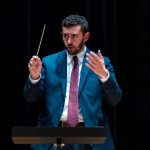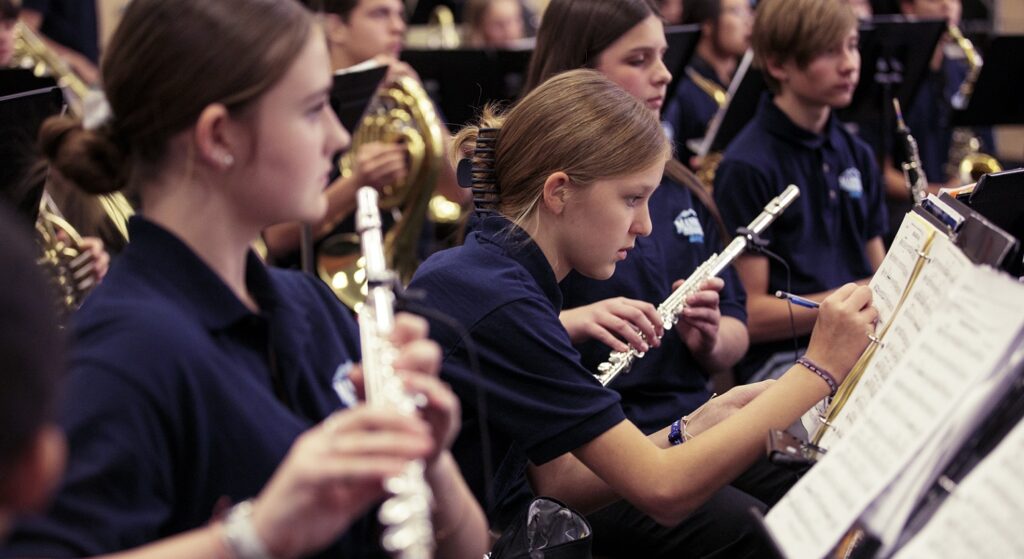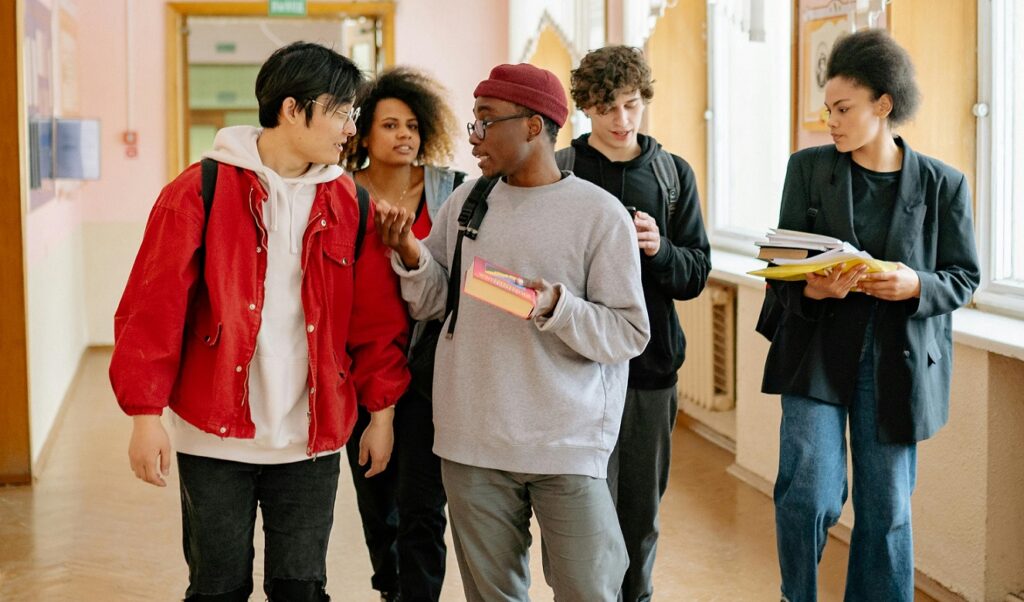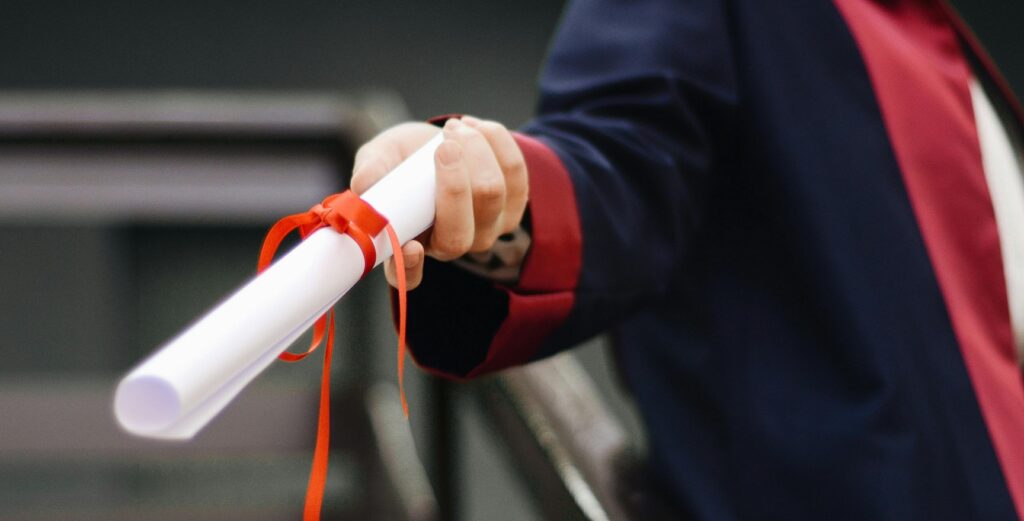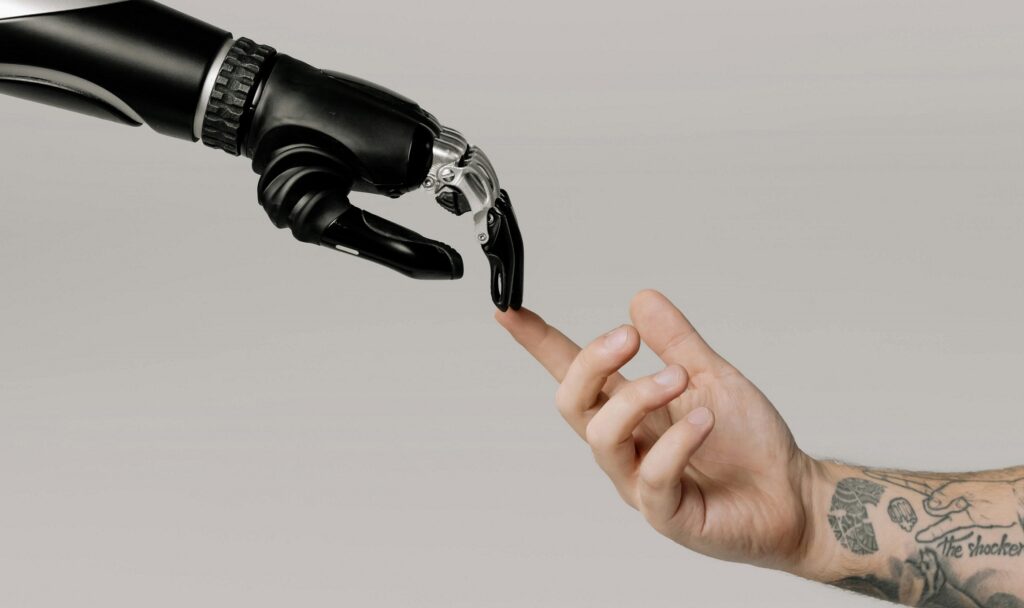Tagged Under:
Combining Science and Music
Consider collaborating with a colleague and coming up with an interdisciplinary lesson plan or course to show students the breadth and depth of music.
I remember picking my classes for my senior year of high school. I knew I wanted to go into music, so I packed my schedule with every music class and extracurricular I could take: band, jazz band, AP music theory, jazz literature and improvisation, and guitar. More than half my schedule was music classes! To make room for these classes, I dropped science because I had already fulfilled my science requirement for graduation. Many of my friends took physics during our senior year, but I didn’t. Fast forward to today: I am a music teacher teaching a physics class!
“Why on earth would they let a music teacher teach a science course?” Well, it all started when I was a new teacher thinking of how to expand the course offerings at Brunswick High School in Maine. After collaborating with one of my colleagues, Kait Ostrov, who was part of my new-teacher mentorship program, we decided to present a new course to the school board: The Physics of Music. The idea came from a brainstorming session to increase course offerings at our school. I knew that a lot of my students had an interest in science, so this seemed like a no-brainer. This would be the first class that could fulfill either a science or performing arts credit, and it would be the first class taught interdisciplinarily by two teachers.

The process for presenting the course had to begin early enough so it fit into the budget season and course selections. Kait and I worked together to give a justification for the course as well as a class overview and needs. We presented that to our curriculum coordinator for the school district, who took it over from there and presented it to the school board and came back to us with any questions. The school board approved the class, and it went into the course book. The Physics of Music has been in the course book for three years; we never had enough students to justify running the course — until now.
You’ve probably heard the phrase, “STEAM not STEM,” which is how many schools attempt to promote art as an integral part of education that has increasingly become more focused on science, technology, engineering and math as future career fields for students. Here I am doing it, folks!
Music teachers often get defensive trying to prove our worth in comparison to core subject educators, and we have argued that “none of your favorite things would exist without music and art.” Luckily for me, my school looks at electives (in our case, music) as being of equal or similar value to core classes. So, at this rare moment of unity, this interdisciplinary course seemed perfect. Besides, what student wouldn’t want to take a class taught by two of their favorite teachers at the same time?!
While I believe that my students are learning a lot from this class, here are some things I have learned.
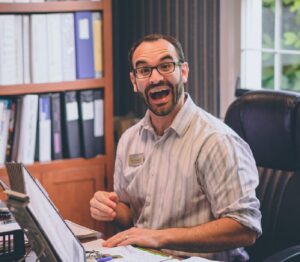
First-Day-of-School Jitters
I wrote this on the first day of our interdisciplinary class:
Everyone gets those first-day-of-school jitters that comes with the nervousness and excitement of the unknown. I certainly did as I entered a classroom filled with test tubes and beakers to teach music. All those nerves went away when class started. With a great group of six students (this is a small number, especially after I said we couldn’t run the class before because we didn’t have enough students sign up for it; but we have more next semester!) in front of us, it was my turn to explain parts of the lab that they would be doing.
The idea of assigning labs to students is so foreign to me. Frankly, it sounds like the plot of a bad sitcom about a music teacher who lost his job due to budget cuts but is lucky to be offered the open science teacher position. (Mr. DeMille, I’m ready for my close-up!) What I realized in that moment is that although it’s a different environment, teaching in music classrooms happens the same way as other classrooms. It was so fun to walk around to different workstations answering questions and guiding the students in their first day of learning in a completely new course. Maybe I was just excited to show off my knowledge of science, but in hindsight, I was really just showing off my impeccable technique playing the whirly tube and wine glasses!
What made this experience so natural and comforting was knowing that there was another teacher there to answer the questions that I couldn’t and vice versa. Yes, we are helping share our knowledge in our respective fields, but at a deeper level, the students recognize that they might not always have the answers, and it’s okay to ask for help.
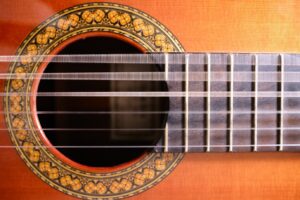
Learning the Basics
As I mentioned earlier, I never took physics in high school or college. I was completely out of my element (haha, get it — elements?). I had a lot of catching up to do, but I was excited to do it. Cracking open a book about physical properties of acoustics is not something most people look forward to, but once I started, I was excited to keep going. Maybe that’s just my lifelong-learner side talking. I read, reread and took notes to grasp all the stuff I missed out on, and boy, did I feel like I should have taken physics back in high school!
My purpose in the class (and that of my co-teacher’s) became clear. My role was to understand the scientific properties we are teaching and how to relate those to the physical things that happen when you play an instrument. For example, why does a clarinet play lower than a flute? How do sound waves get amplified from a vibrating string? What physical features of an instrument affect the frequency? How and why do we quantify frequency into pitch?
Kait’s role was to understand the science at a deeper level to be able to explain those properties and the calculations behind them. Our specific roles helped us work together.
THE YAMAHA EDUCATOR NEWSLETTER: Sign up to receive real-world advice, tips and instrument guides!
Learning from Each Other
Early on in developing this course, we struggled to find the best path to present it to the school board. Would it be a science class or a music class? How would we convince them to let two teachers teach one class? We knew that we truly could not do this without each other. Maybe we could each learn everything we needed to know about music and science to teach the course alone, but we were lucky to be given the opportunity to co-teach the class. I get to learn every day from Kait, not only things about science, but about classroom management, differentiated instruction, varied teaching methods, etc. These are skills and techniques that I can bring back to my music classes. They say two heads are better than one — and this is a perfect example.

Teamwork Makes the Dream Work
Co-teaching is something that may feel a little unnatural at first, but it gets easier. Sometimes it feels like I have no clue what is going on and can’t be of any help explaining a topic, but I’m sure (I hope) that Kait feels the same way at times. It is fun and feels organic (another science pun) to riff (music pun) off each other. And I believe that helps deliver the material to the students in an effective way — we have a lot of chemistry (okay, I’m sorry, I’m done). Some questions come to me, and others go to her. The students know each of our strengths, and they also know that there are two teachers there to help them.
The Value
As I mentioned at the beginning of this article, my co-teacher and I recognized early on how much value our respective subjects have, and how much value we have as science and music educators. That is why we knew that we could be successful offering this interdisciplinary course. It has also been nice to hear from others how awesome they think this course is. And they’re not wrong, it is pretty cool. My colleagues see the value in music classes — and I’m one of the lucky ones, I know — but it means a lot to hear from others how much they see the impact of your work.
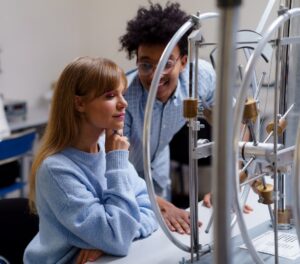
You Can Do This, Too!
Come up with your own ideas for interdisciplinary courses or steal ours! I’m sure there are plenty of other ideas that you could come up with that may best serve your student population. Our students excel in both science and music (no surprise that music kids are excelling, right?), which led us to the course we developed. So far, we feel like it has been successful and hope to continue running it so long as students continue to sign up for it.
Getting it started was the hard part but keeping it going should be easy with students sharing how much they enjoy the class! We may have more ideas in the future and hope we can inspire others to offer true interdisciplinary courses. Every school is different, and the process of adding a new course is different, so talk with your principal or department chair about what that looks like for you. And be patient!
I realize that staffing at other schools might not allow for two teachers to teach one course, but I would encourage you to collaborate with another teacher on a unit or even a lesson in some of your classes. Invite a teacher to work with you on something you’re teaching or offer your expertise to help enhance another teacher’s class. Music’s place in other disciplines is endless. I guarantee that you’ll learn a lot from those other teachers — I’m lucky to get that experience every day. Additionally, you’ll get a chance to collaborate and maybe even see the sun beyond your concrete rehearsal room walls.
___________________________________________
Not to sing my own praises (and trust me you don’t want me to sing), but if this course was taught when I was in high school, I definitely would have taken it because it was relatable to the world I was about to dive into. Co-teaching an interdisciplinary course like this has been extremely valuable for me. It pushed me to grow as a teacher and as a learner. It forced me to leave the windowless rooms of the music wing and go see other people and watch how they teach. It encouraged me to collaborate more — something I preach in my rehearsal room frequently. And it made me put my money where my mouth was and make STEM into STEAM.









